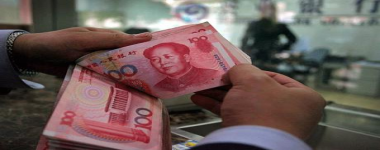As the global economy has come into the sixth year after the 2008 crisis, the US and other advanced economies are gradually gaining more momentum to more balanced and normal (of a sorts) status. However, the emerging markets, such as China, are beginning to slow down the pace of development and upgrading their economies due to various reasons. Under such circumstances, successful stories of the “Four Asian Dragons” can shed some lights on what other countries’ governments and firms can do to stay competitive in the global market.

After two-decades of economic development, the four East Asian countries, Korea, Singapore, Taiwan and Hong Kong, achieved relatively similar levels in both GDP growth and per capita GPD growth. However, they adopted two different development philosophies to implement economic transformations. Hong Kong and Taiwan, both located in crucial areas controlling global ocean shipping which connects East Asia with the rest of the world, took a more laissez faire approach at the firm and individual level (micro level).Â
Put another way, the invisible hand was the dominate strategy. Government agencies focused on constantly lowering requirements of market entrance of the key sectors and strictly enforcing private property laws. As a result, the cost of people and firms conducting transactions became lower and lower, the number of normal people owning small businesses increased remarkably. In addition, thanks to globalization and division of international production, these two small island countries were able to gear their domestic production and output towards the whole world demand, which in return, injected capital and human resources from overseas.
On the other hand, Singapore and Korea, which had more complex political and economic structure, drove their economic vehicles through strong government intervention. Both viewed Japan as a role model. Although slightly different, Taiwan and Korea adopted various industrial policies to promote the “advantage sector”.  Ad hocgovernment industrial policies gave large state owned enterprises and banks easier access to cheap labor and capital. The transaction costs among private firms were high due to high tax rates and monopolistic market powers. Nevertheless, corporations heavily subsidized by the state in these two countries did acquire competitive advantages in the global market and a few of them even dominate some western markets.

